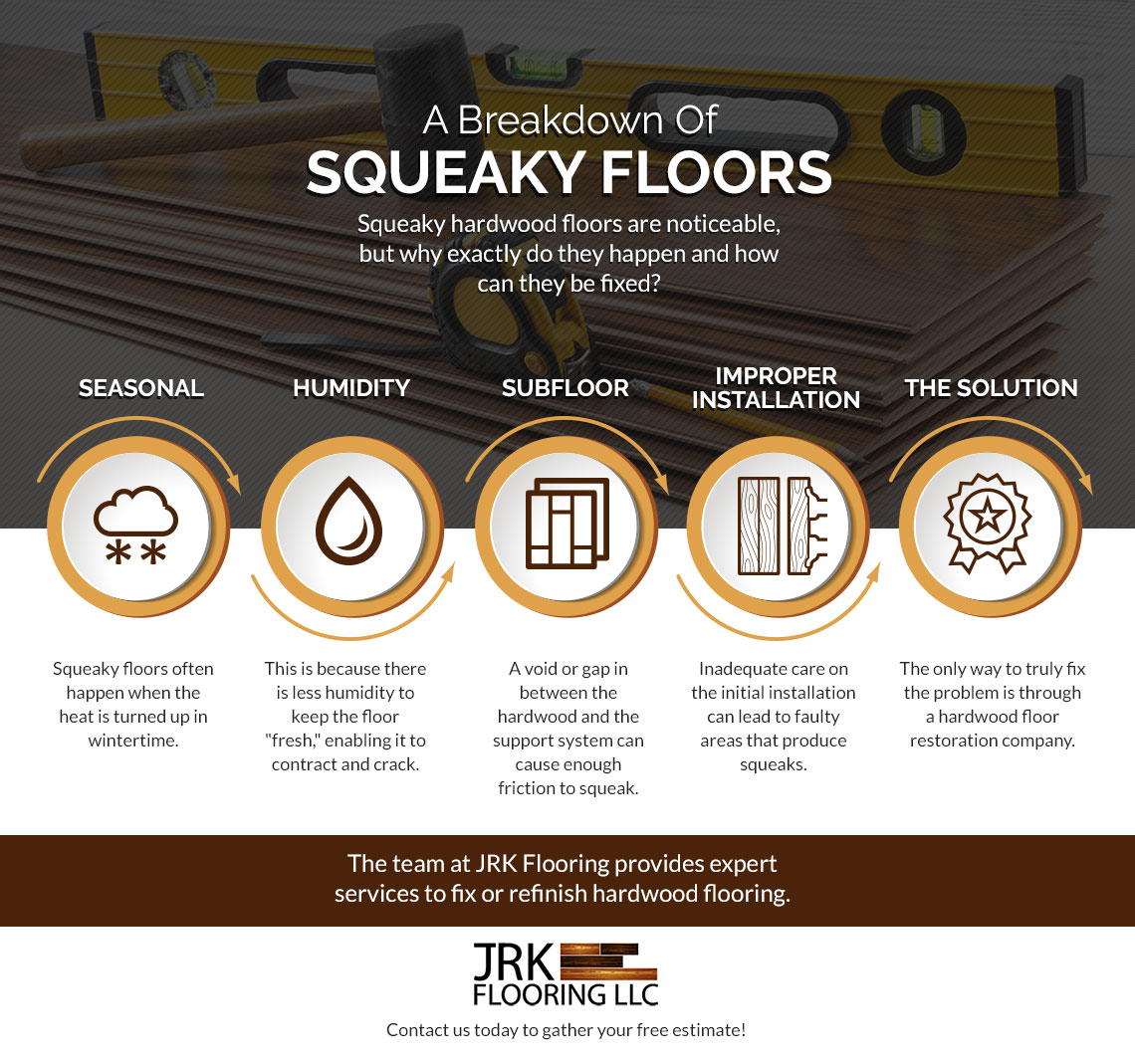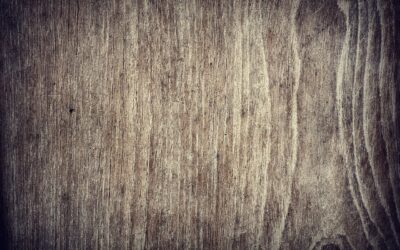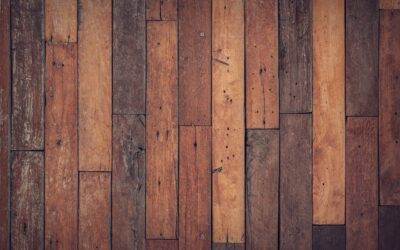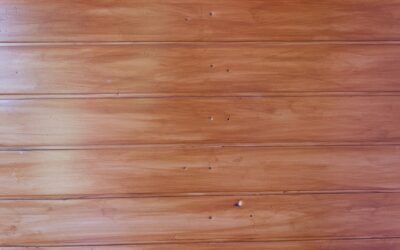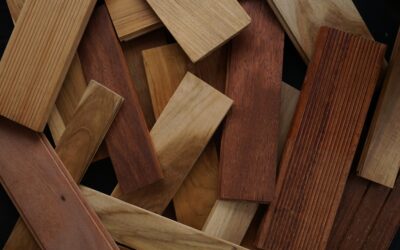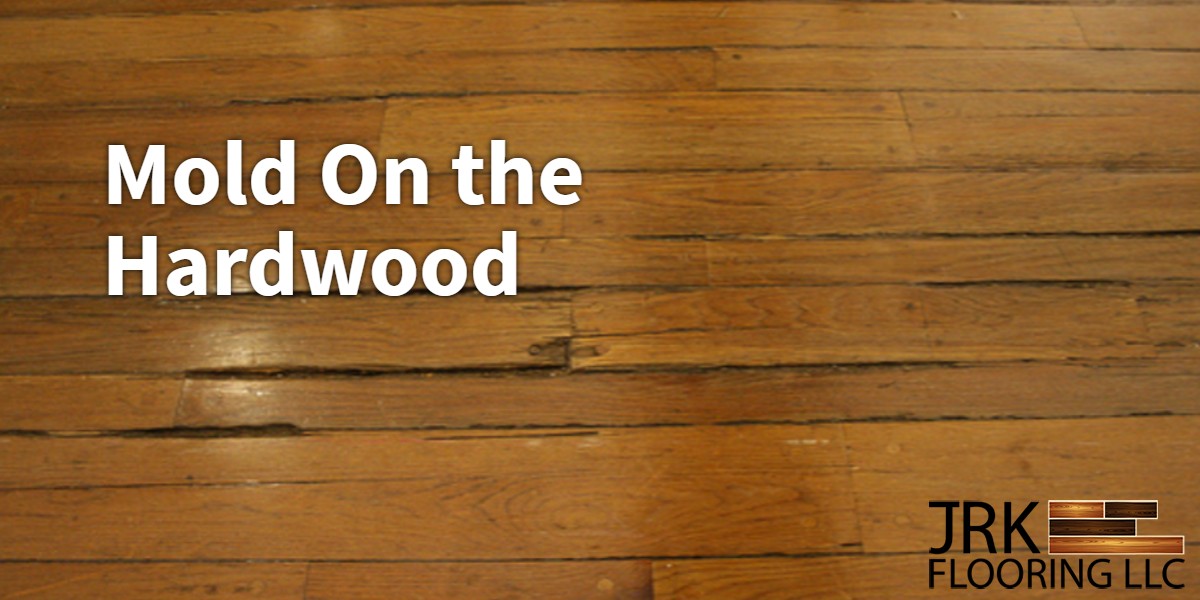Squeaky hardwood floors are a common issue in many homes, often causing annoyance and concern. Understanding why these sounds occur and how to address them is essential for maintaining the integrity and comfort of your home. Here’s a professional’s insight into the common causes of squeaky floors and how to fix them.
What are the Common Causes of Squeaky Floors?
Several factors can contribute to the annoying creaks and squeaks in hardwood floors:
- Age of the House: Older homes are more likely to have squeaky floors due to years of wear and tear.
- Seasonal Changes: Wood expands and contracts with changes in humidity and temperature, which can cause squeaks.
- Installation Issues: Improper installation of the hardwood floors or subfloor can lead to movement and noise.
- Wear and Tear: Constant foot traffic can loosen the floorboards over time.
Floor Joists and Subfloor
The relationship between floor joists and the subfloor is crucial to the stability of your flooring:
- Joist Issues: Loose or warped joists can cause the subfloor to move, creating squeaks.
- Subfloor Movement: A subfloor that is not securely attached to the joists can shift and cause noise.
Wooden Floors and Subfloor Leveling
An uneven subfloor can lead to squeaks in wooden floors:
- Improper Leveling: If the subfloor isn’t level, it can cause gaps between the subfloor and the hardwood floor.
- Subfloor Damage: Water damage or rot can weaken the subfloor, leading to instability and noise.
Humidity Levels and Squeaky Floors
Changes in humidity can significantly affect hardwood floors:
- Expansion and Contraction: Wood expands in high humidity and contracts in low humidity, which can cause floors to squeak.
- Maintaining Humidity: Using a dehumidifier or humidifier to maintain consistent indoor humidity levels can help.
Addressing the Issue with Fasteners
Addressing squeaks often involves securing the flooring:
- Screws and Nails: Using screws or nails can secure loose floorboards to the subfloor or joists.
- Counter-Sunk Screws: These are effective in pulling the floorboard tight against the subfloor.
How to Identify and Locate the Source of Squeaks?
Finding the exact location of the squeak is essential for an effective fix:
Finding Squeaky Spots in Hardwood Floors
- Walk Test: Slowly walk over the floor and mark any spots where you hear a squeak.
- Visual Inspection: Look for signs of wear or gaps in the floorboards.
Assessing the Subfloor and Joist Connections
- Access the Subfloor: If possible, check the underside of the floor from a basement or crawl space.
- Joist Inspection: Look for any loose connections or gaps between the joists and the subfloor.
Lubricating and Checking the Floorboards
- Lubrication: Apply talcum powder, graphite, or a lubricant between floorboards to reduce friction.
- Check for Movement: Gently press on the floorboards to check for any movement.
Using Talcum Powder or Graphite for Detection
- Application: Sprinkle talcum powder or graphite over the squeaky area.
- Effectiveness: These substances can work into the cracks and reduce the friction that causes squeaking.
What are the Best Methods for Fixing Squeaky Wood Floors?
To effectively silence squeaky floors, consider these methods:

Using Wood Shims to Eliminate Squeaks
- Locate the Squeak: Identify where the floor squeaks by walking over it.
- Insert Shims: Gently tap wooden shims into gaps between the subfloor and the floor joists to reduce movement.
Filling Holes and Cracks with Wood Filler
- Identify Gaps: Look for visible cracks or holes in the floorboards.
- Apply Wood Filler: Use a matching wood filler to fill these gaps, reducing the potential for squeaks.
Adjusting Subfloor Level with Shims and Screws
- Level the Subfloor: If the subfloor is uneven, use shims to level it.
- Secure with Screws: Fasten the subfloor to the joists with screws to minimize movement.
Utilizing Lubricants for Silent Wooden Floors
- Application of Lubricants: Use talcum powder, graphite, or WD-40 between the floorboards to reduce friction.
- Reapply as Needed: Lubricants may need to be reapplied periodically for ongoing effectiveness.
Can Carpeting Help in Minimizing Floor Squeaks?
Carpeting can provide a temporary solution to floor squeaks:
Installing Carpet Over Squeaky Wood Floors
- Sound Dampening: The padding under the carpet can dampen the sound of squeaks.
- Temporary Fix: Carpeting may not address the underlying causes of the squeaks.
Exploring the Impact of Carpet on Squeaky Floors
- Cushioning Effect: Carpet can mask the sound of squeaks, but does not address the issue.
- Considerations: Consider the long-term implications of hiding the problem rather than fixing it.
Finding Solutions for Squeaky Carpeted Floors
- Identify the Source: Feel for movement under the carpet to locate the squeaks.
- Use Special Screws: There are screws designed to fix squeaks under carpet without causing damage.
Fixing Squeaks Underneath Carpeted Areas
- Access the Subfloor: If possible, access the area from below.
- Apply Fixes: Use shims, lubricants, or screws as needed to secure the area.
When Should You Consider Professional Assistance for Squeaky Floors?
Sometimes, DIY solutions might not be enough:
Assessing the Need for Professional Floor Repair
- Severity of the Problem: Extensive damage or widespread squeaking may require professional intervention.
- Lack of Access: Inability to access the subfloor or joists could necessitate professional help.
Choosing Between DIY and Professional Solutions
- Skill Level: Consider your DIY skills and the complexity of the problem.
- Cost vs. Benefit: Weigh the cost of DIY solutions against the potential need for professional repairs.
Benefits of Consulting a Professional Floor Expert
- Expert Diagnosis: A professional can accurately identify the cause of squeaks.
- Quality Repairs: Professionals ensure long-lasting fixes.
Identifying Complex Issues Requiring Professional Help
- Structural Concerns: Significant subfloor damage or structural issues should be addressed by professionals.
- Historic Homes: Older homes may require specialized care.
Conclusion: Tackling Squeaky Hardwood Floors with Confidence
Dealing with squeaky hardwood floors can be a challenge, but with the right knowledge and tools, it’s a problem that homeowners can often resolve themselves. Understanding the various causes of floor squeaks, from natural wood movement due to humidity changes to installation issues, is the first step in finding a solution.
Whether it’s using wood shims to stabilize loose areas, filling gaps with wood filler, or adjusting subfloor levels, each method has its own place in the toolbox of DIY fixes. The use of lubricants like talcum powder or graphite can also be surprisingly effective in quieting minor squeaks. For those with carpeted floors, identifying and treating the source of squeaks might involve some additional steps, but can usually be accomplished without removing the carpet entirely.
However, it’s important to recognize when a problem is beyond the scope of DIY. In cases of widespread or persistent squeaks, particularly in older homes or where there’s potential structural damage, seeking professional assistance is the prudent choice. Flooring experts like JRK Flooring can offer not only effective repairs, but also peace of mind that the job is done right.
Overall, whether you opt for a DIY approach or professional help, addressing the issue of squeaky floors can greatly enhance the comfort and value of your home. With this comprehensive guide, you now have the insights to decide the best course of action for your squeaky hardwood floors, ensuring they remain both beautiful and silent for years to come.



